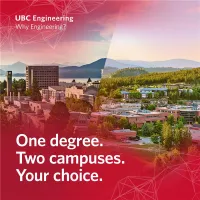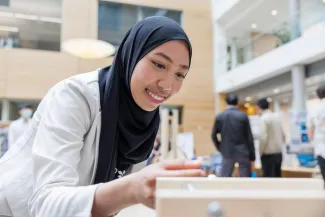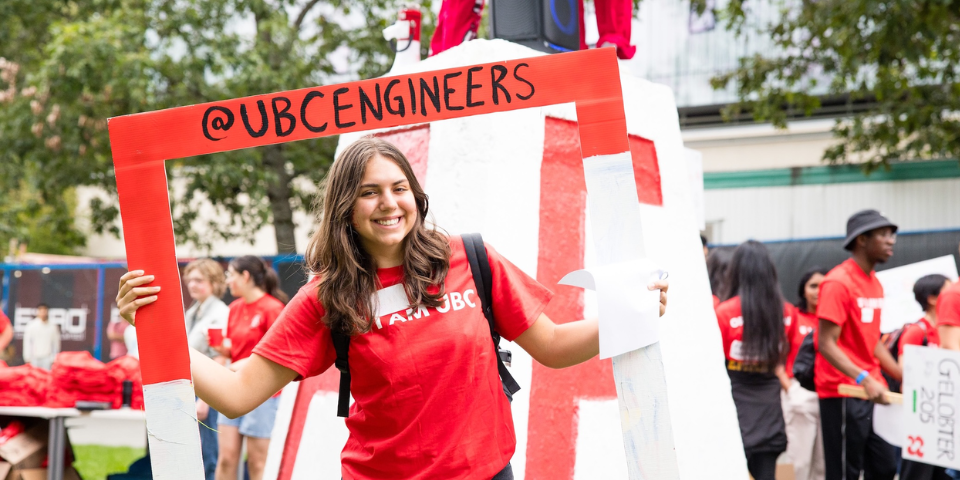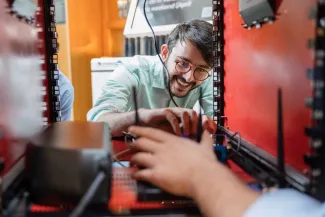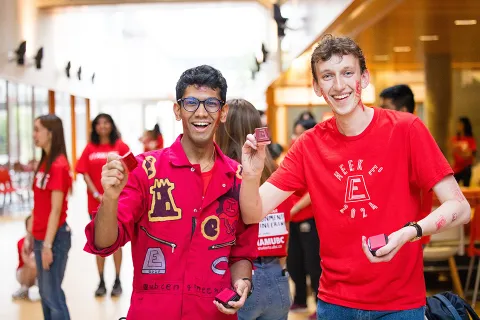
You’ve set a goal of being a UBC Engineering student and benefiting from all that comes with that – from being a student at one of the world’s best universities to having incredible opportunities to participate in design teams, co-op, undergraduate research, innovative capstone projects and so much more.
Did you know there’s more than one way to reach that goal?
While the majority of our students enter UBC Engineering in first year, there’s another path that’s definitely worth considering: completing an Engineering Transfer Program at one of more than a dozen partner institutions and then seamlessly transferring into second-year engineering at UBC Vancouver or UBC Okanagan.
This is a fantastic way for students to complete first year at a partner institution to gain the same solid academic foundation needed to excel in engineering.
Reasons for choosing the Engineering Transfer Program
There are many reasons students choose the Engineering Transfer Program to reach their goal of being a UBC Engineering grad. “Unfortunately, each year, UBC has to turn away qualified students because they do not meet the very competitive first-year grade point average for admission,” says Ms. Buse.
Many students wonder how there can be “room for more engineering students” at UBC in second year compared to first year. That’s a result of several factors. Starting in second year on, students specialize in one of 14 engineering programs where there is more flexibility to shift enrolment numbers.
UBC is also committed to offering multiple paths for students who wish to transfer to the university after completing first year elsewhere, with the Engineering Transfer Program and other transfer routes being examples of this.
Simply put: even if you don’t get into UBC Engineering in first year, there’s no need to choose your second or third university option instead. By choosing the Engineering Transfer Program for first year, you can still achieve your goal of graduating from one of the country’s top engineering programs!
There are many other reasons you might consider completing your first year of engineering through the Engineering Transfer Program:
- It could be more economical than moving to Vancouver or Kelowna to study at UBC for first year
- You might want to go to a school that’s closer to home
- You might feel more comfortable in the smaller-sized classes at our partner institutions
- You might want to make a more gradual transition from high school to university
“I loved the Engineering Transfer Program,” says Chemical and Biological Engineering student Mikah l’Ecuyer Morison, who did a year at Selkirk College.
“Our cohort at Selkirk was very small – there were about 12 of us – so you made close connections with your classmates and professors.”
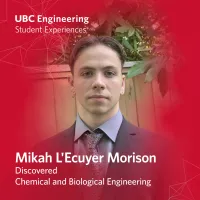
One of UBC’s highly acclaimed structural engineering professors, Dr. Lisa Tobber, got her start in a transfer program at Kwantlen. She graduated at the top of her class, transferred to UBC and then “did an undergraduate research project with a professor in structural engineering that got me hooked on my current area of focus.”
Dr. Tobber is currently leading a research team to design buildings capable of withstanding earthquakes.
Dr. Lisa Tobber's research on Structural Systems
Postdoctoral research fellow Dr. Dylan Goode is another example of someone who used the engineering transfer program to make a successful transition to university. He worked in trade-related jobs after high school and then did the engineering transfer program at University of the Fraser Valley, which solidified for him that engineering was where he belonged.
His PhD in Mechanical Engineering led to the design of what could be the next generation of heart valves.
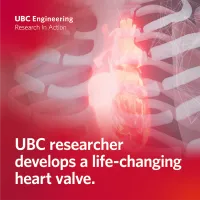
The experience of these and countless others demonstrates how the Engineering Transfer Program sets students up for ongoing success throughout their studies at UBC Engineering and in their professional paths after they graduate.
